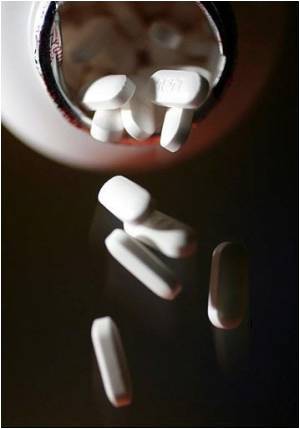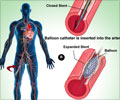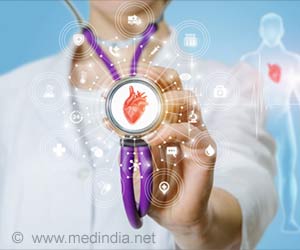Angina is a common condition among the older adults. In England, angina affects an estimated one in every 12 men and one in every 30 women aged 55 to 64.

‘Patient's bone marrow stem cells in non-invasive procedure was found to significantly reduce angina symptoms for a longer period of time.
’





Angina is a common condition among the older adults. In England, angina affects an estimated one in every 12 men and one in every 30 women aged 55 to 64. One in every seven men and one in every 12 women who are over 65 are more likely to suffer from angina. It occurs when the blood supply to the heart muscles is restricted because the arteries have become hardened and narrowed.
A person who suffers from angina feels a dull, heavy or tight pain in the chest that can spread to the left arm, neck, jaw or back. The pain can be triggered by exercise, walking or stress and it passes within a few minutes.
The research that involved 15 patients was presented at the American Heart Association’s heart sciences meeting. The participants were injected with a molecule called granulocyte colony stimulating factor (G-CSF) once a day for four days.
G-CSF allows the stem cells to migrate into the bloodstream from the bone marrow. Three hours after the last injection, the blood samples are collected from the patients, and the stem cells were separated from other blood components. Half an hour after the stem cells are separated, they are injected back into the patient intravenously.
Advertisement
But the patients reported mild muscle pains in their backs or legs, but it was controlled with painkillers.
Advertisement
“Using G-CSF to isolate CD34-harboring stem cells, called CD34+ stem cells, for transplantation back into the patient may be a practical alternative for hard-to-treat patients. The stem cells cause new blood vessels to grow which can improve blood circulation and may help repair the lining of the blood vessels.”
Source-Medindia














